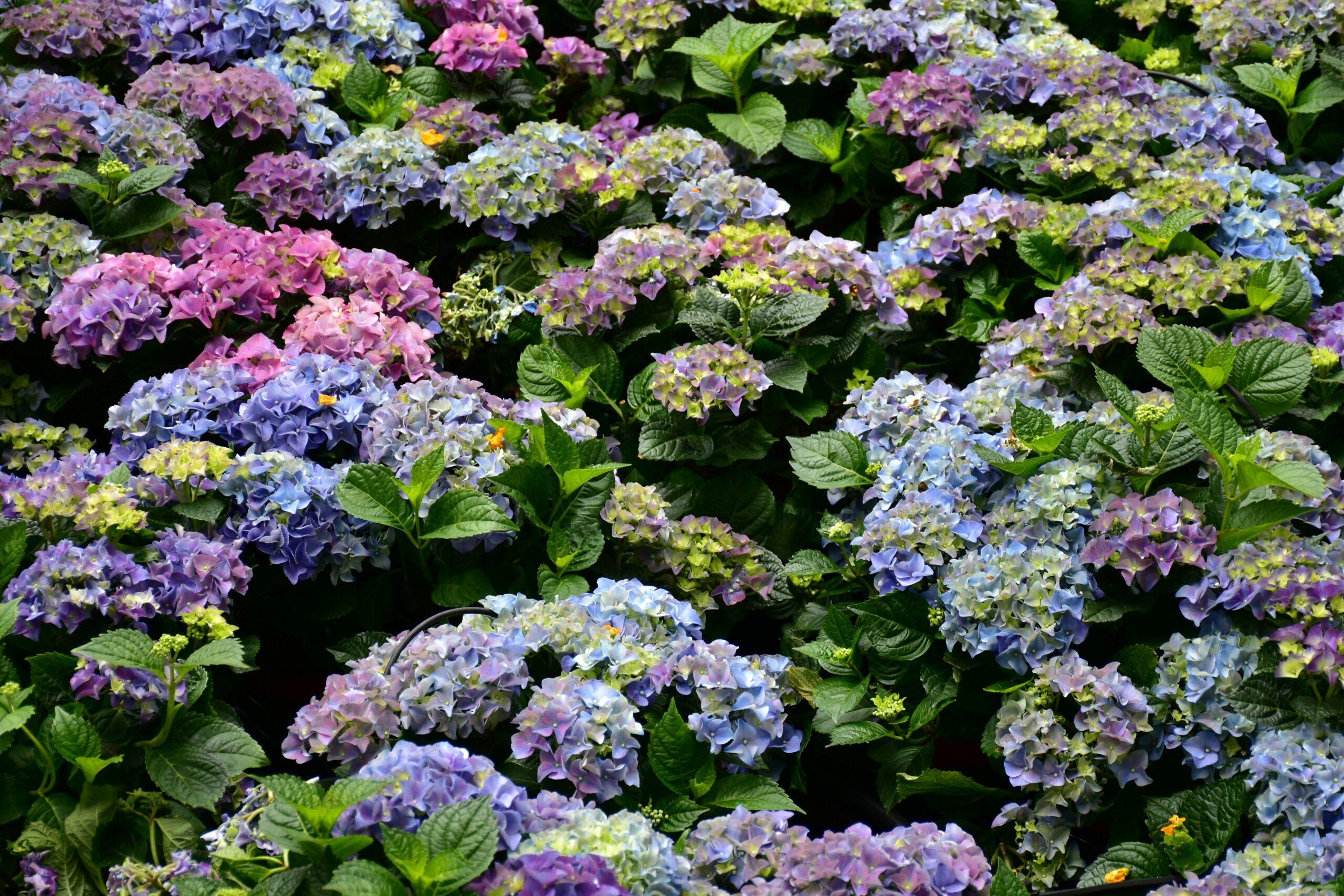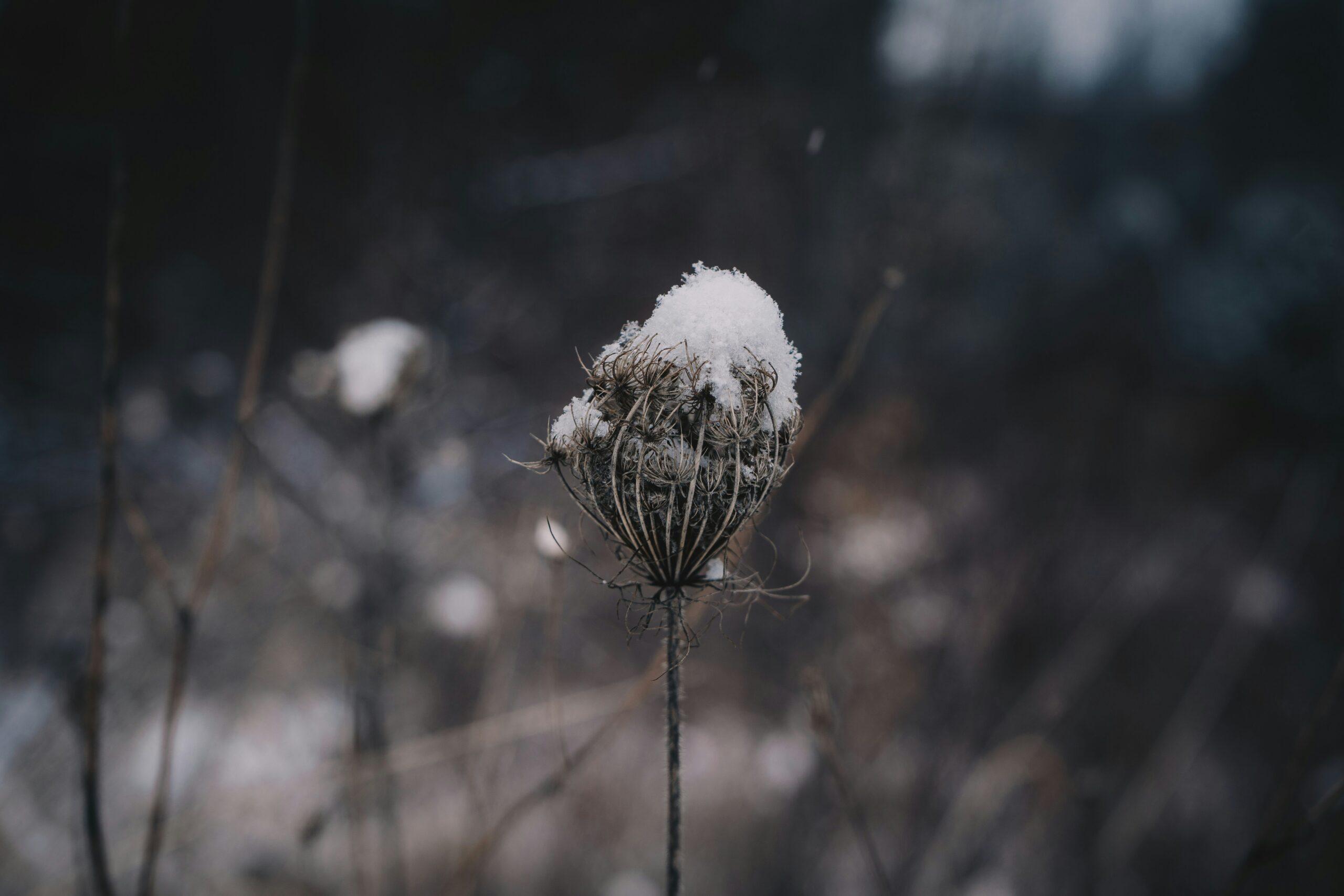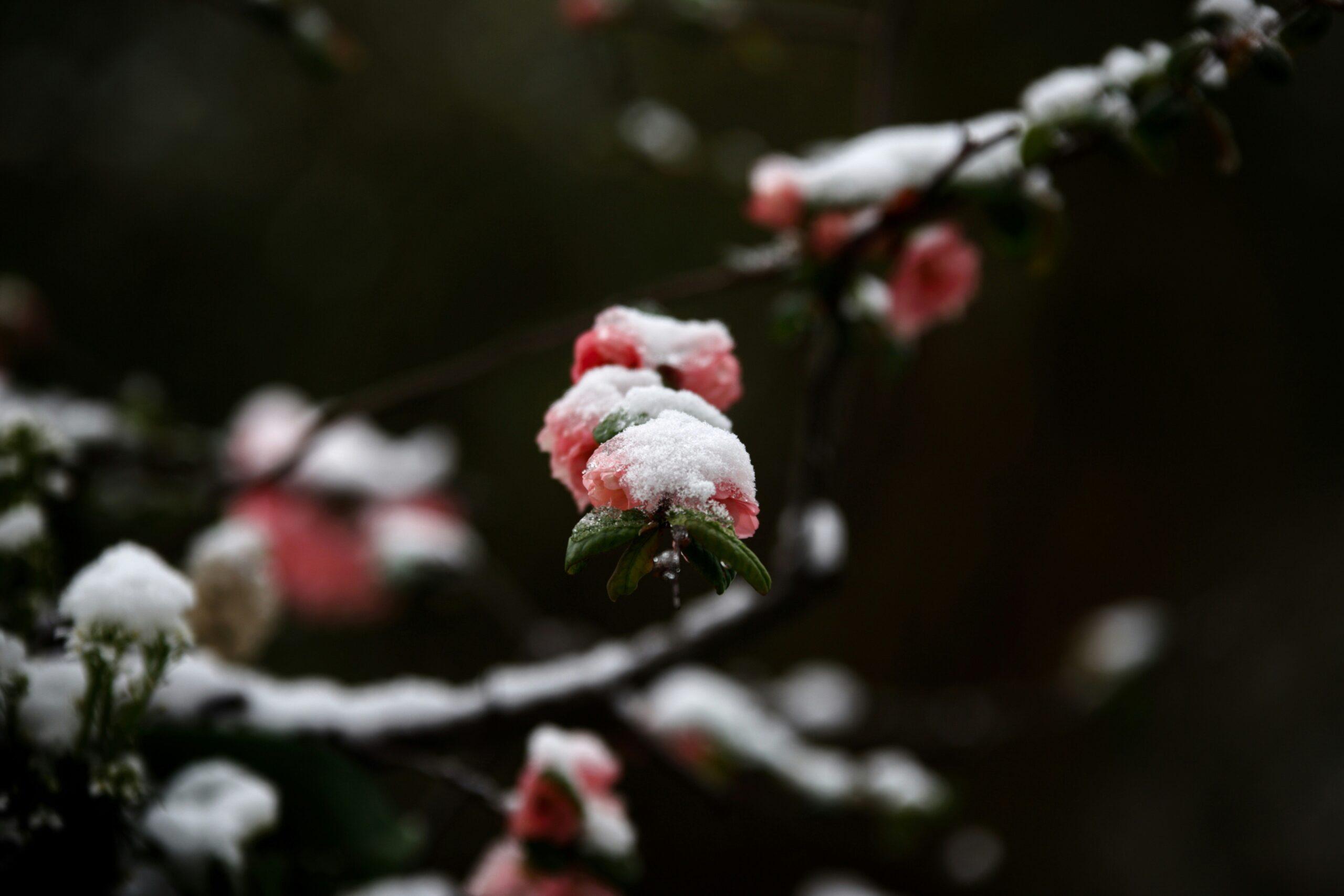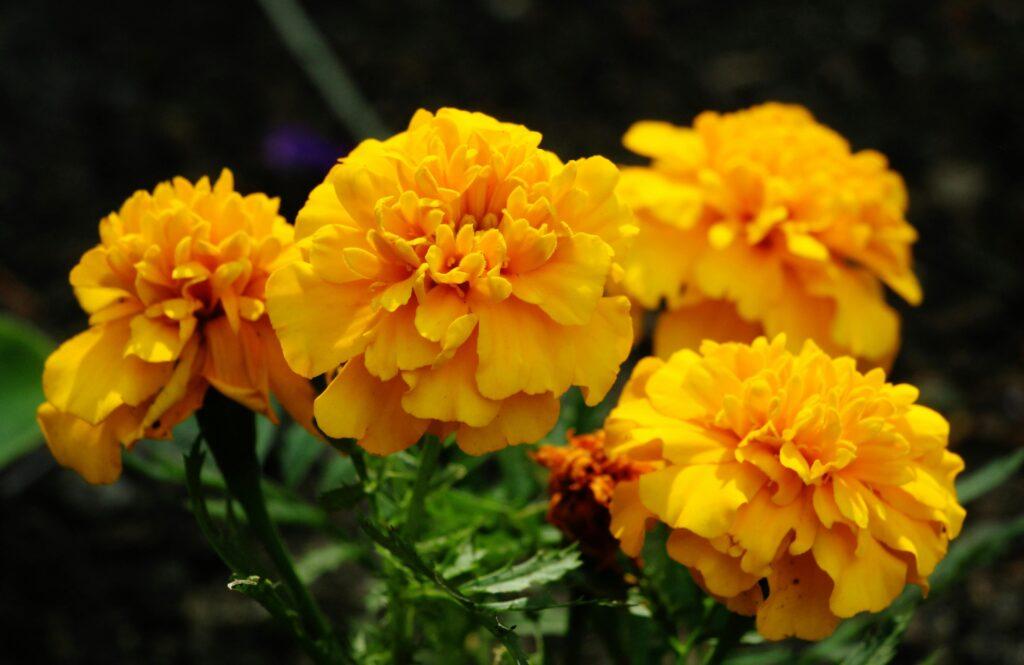Ever stared out your frost-covered window during winter, wondering how nature’s beauty survives the cold? You’re not alone. Many skincare enthusiasts dream of harnessing the natural magic of flowers, especially when their gardens are buried under snow. But here’s the kicker—what if I told you that “winter blooms” hold some of the most potent organic secrets for glowing skin?
In this post, we’ll explore why organic flowers like chamomile, lavender, and calendula thrive in winter, how they can transform your skincare routine, and actionable steps to incorporate them into your regimen (without freezing yourself in the process). Ready to bloom even in the coldest months? Let’s dig in.
Table of Contents
- Why Winter Blooms Matter for Organic Skincare
- Step-by-Step Guide to Using Winter Blooms
- Best Practices for Incorporating Winter Blooms Into Your Routine
- Real-Life Success Stories: Winter Blooms in Action
- FAQs About Winter Blooms and Natural Beauty
Key Takeaways
- Winter blooms like chamomile and calendula offer powerful anti-inflammatory benefits perfect for combating dry, irritated winter skin.
- You don’t need a garden or green thumb to enjoy these botanical wonders—many products use winter blooms as key ingredients.
- Avoid overusing dried petals directly on sensitive skin; improper prep can lead to irritation instead of radiance.
Why Winter Blooms Matter for Organic Skincare
Optimist You: “Flowers are amazing all year round—they have so many benefits!”
Grumpy You: “Yeah, but let me guess…it’s going to take hours just to figure out which ones actually work.”
Here’s the truth: Certain flowers adapt beautifully to harsh conditions, becoming richer in antioxidants and nutrients during winter. Think about it—plants exposed to freezing temperatures develop thicker cell walls, making them more resilient—and guess what? Those properties transfer straight to your skin.

Chamomile, for instance, is packed with flavonoids and terpenoids that soothe redness and irritation. Meanwhile, calendula acts as a natural emollient, locking moisture into parched winter skin. And let’s not forget lavender—a star player in calming both mind and complexion. These blooms aren’t just surviving winter; they’re thriving, teaching us resilience one petal at a time.
But wait—here’s where things get tricky. Not every flower labeled “organic” lives up to its hype. Some contain pesticides or additives disguised behind slick packaging. Always double-check sourcing before investing in any product claiming to be pure.
Step-by-Step Guide to Using Winter Blooms
Step 1: Source Your Blooms
Start by identifying trustworthy organic suppliers. Look for certifications like USDA Organic or Soil Association Approved. Tip: If you’re buying dried petals, ensure they’re stored away from direct sunlight to preserve potency.
Step 2: Choose a Carrier Oil
Select an oil suited to your skin type—jojoba for oily skin, argan for dry skin, etc. Combine a tablespoon of carrier oil with a teaspoon of dried, finely crushed flower petals.
Step 3: Infuse Wisely
Pour the mixture into a sterilized jar and store it in a cool, dark place for 2-4 weeks. Shake it daily to encourage infusion.
Step 4: Strain & Store
Once infused, strain the liquid through cheesecloth and decant it into a clean bottle. Voilà! Your DIY floral oil is ready to use morning or night.
Step 5: Patch Test First
Sure, winter blooms might sound gentle, but everyone’s skin reacts differently. Apply a tiny amount behind your ear first to avoid potential disasters.
Best Practices for Incorporating Winter Blooms Into Your Routine
- Go Slow: Introduce one new ingredient at a time. Don’t try lavender *and* rose overnight—it confuses your skin barrier.
- Mix It Up: Pair winter blossoms with complementary ingredients. For instance, add honey to boost hydration or oatmeal for extra soothing.
- Stay Consistent: Like building any habit, consistency matters. Stick with your chosen bloom-infused treatment for at least four weeks to see results.
Terrific Tip Gone Wrong: Don’t dump entire handfuls of dried flower petals onto your face à la ancient Greek goddess vibes unless you want clogged pores. Preparation is king!
Real-Life Success Stories: Winter Blooms in Action

Meet Sarah, a skincare enthusiast who swapped synthetic serums for homemade calendula-infused oils mid-January. Within weeks, her eczema flares subsided noticeably. She credits her newfound glow entirely to winter blooms.
Rant Corner: Ugh, does anyone else hate those Insta-perfect ads promising “miracle” creams made with “exotic extracts”? Spoiler alert—they rarely mention whether said extracts are sustainably sourced *or effective*. Always vet claims critically!
FAQs About Winter Blooms and Natural Beauty
Q: Can I grow winter blooms indoors?
A: Absolutely! Herbs like parsley and marigolds flourish near sunny windowsills even in colder seasons.
Q: Are there blooming plants I should avoid?
A: Yes, steer clear of ragweed and euphorbia species, which may irritate sensitive skin.
Q: What makes winter blooms different from summer varieties?
A: Colder temps force these plants to produce higher levels of protective compounds, amplifying their skincare perks.
Conclusion
From chamomile’s calming touch to calendula’s moisturizing magic, winter blooms are far from dormant. They’re vibrant warriors capable of reviving dull, dry skin while keeping your routine refreshingly natural.
To recap:
1. Always verify organic credentials.
2. Prep your blooms properly to maximize their benefits.
3. Trust the process—consistent care yields lasting results.
Now go forth—you’ve got the tools to create a skincare oasis right in the heart of winter. Keep blooming!
Haiku o’ the Day:
Petals kissed by frost,
Hidden strength within each stem—
Nature heals silently.


